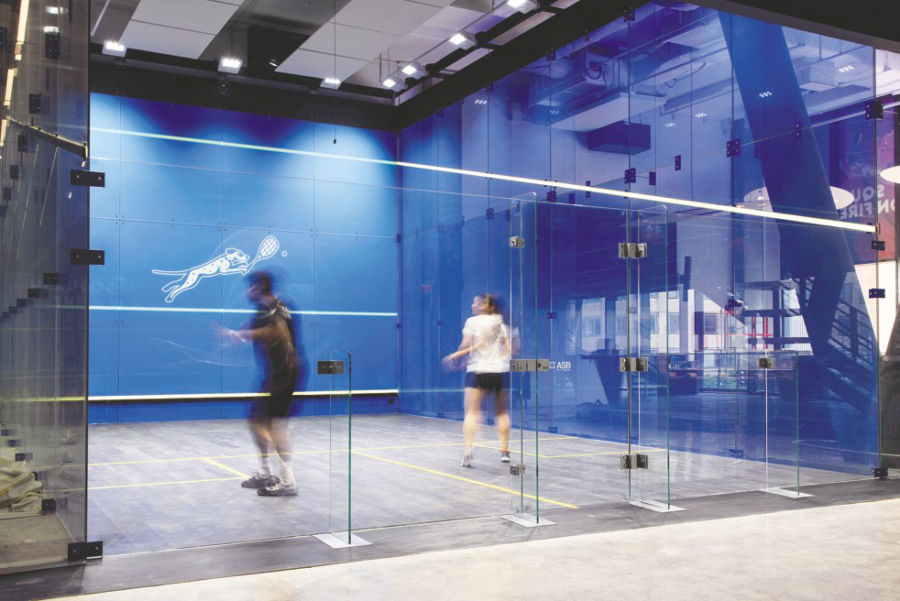To a casual observer, the game of squash looks easy.
Contested in an enclosed court, players serve the ball toward the back wall and aim to hit the ball before it bounces twice and also make their opponent miss the ball. The first person to 11 points wins.
Pretty simple, right?
But to those who love the game, squash is a rigorous endeavor, both physically and mentally.
Fabien Sarran, a longtime squash player and the coach of Squash Revolution at Sport&Health gyms in the Washington area, said squash is a full cardiovascular and strength workout, akin to high-intensity interval training — minus the burpees.
Squash, a court game in the same vein as other racket sports such as tennis and racquetball, was started in England in the 1830s by children in prep schools. Because it’s squishier than a tennis ball, the squash ball exerts less force as it hits the wall, requiring some quick mental calculations. And there isn’t much room to roam in the squash court (usually 21 feet by 32 feet), so each step is a calculation too. Playing squash well requires strong racket control, good timing and excellent hand-eye coordination.



